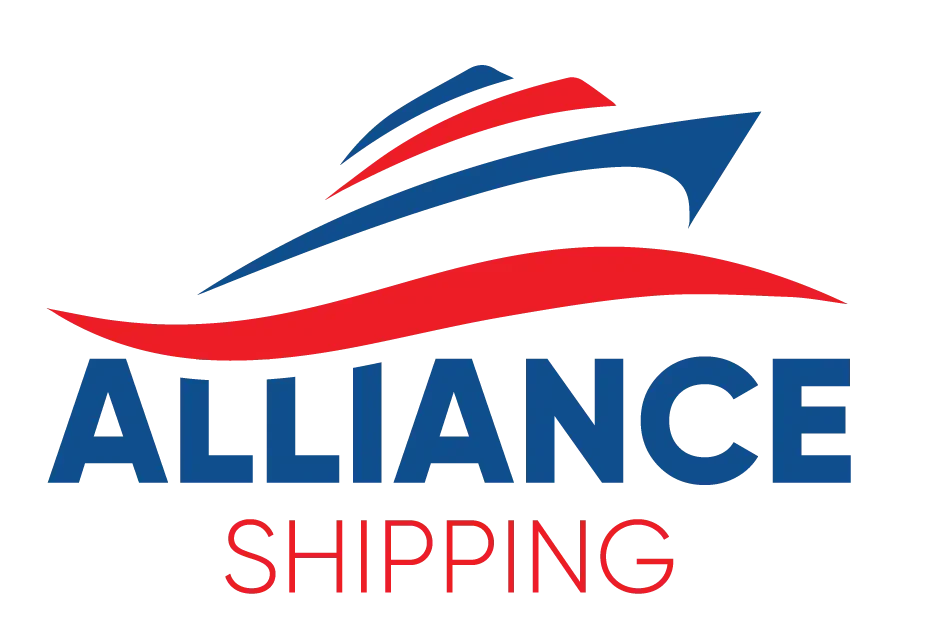Shipping Cargo from Iran to Libya
Professional shipping solutions with competitive rates and reliable service. Your trusted
partner for Iran-Libya cargo.

Overview
Shipping Cargo from Iran to Libya
Iran plays a significant role in exporting goods to Libya, with a diverse range of products being transported regularly. Industries in both countries benefit from this trade, which includes essential items like machinery, textiles, and chemicals. The demand for cargo from Iran to Libya is rising, driven by Libya's growing need for quality and affordable products. Export services between the two nations are efficient and reliable, ensuring that goods are delivered on time. As trade relations strengthen, the frequency and volume of freight from Iran to Libya continue to expand, supporting economic growth for both countries.

Shipping Methods
How Cargo from Iran to Libya Moves
Air freight is the fastest way to transport cargo from Iran to Libya. It is highly suitable for goods that need to be delivered quickly or are time-sensitive. However, air freight can be more expensive compared to other modes of transportation.
Sea freight is a cost-effective option for moving large quantities of cargo from Iran to Libya. It is slower compared to air freight but is ideal for non-urgent shipments and bulk goods. This method is highly suitable when speed is not a priority.
Shipping Cargo from Iran
Shipping Cargo from Iran to Libya involves transporting goods across the seas, connecting two regions with rich histories and diverse economies. Iran, known for its oil, gas, and petrochemical products, exports various goods that are essential for Libya's development and growth. Libya, with its strategic location in North Africa, serves as a gateway for Iranian products to enter the African market. The trade between these countries is facilitated by a network of ports and shipping routes, ensuring a steady flow of goods. Shipping Cargo from Iran to Libya not only strengthens economic ties but also fosters cultural exchange and mutual understanding between the two nations.
Shipping cargo from Bandar Abbas to Libya
Shipping cargo from Imam Khomeini to Libya
Shipping cargo from Bushehr to Libya
Shipping cargo from Chabahar to Libya
Shipping cargo from Khorramshahr to Libya
Cargo Types
Popular Products in Cargo from Iran to Libya
Iran exports a lot of petrochemical products. These goods cover a wide range of chemical materials derived from petroleum, which are used in a variety of industries.
Iran has a rich history in textile production. Fabrics and garments are shipped in significant volumes as part of trade.
The pharmaceutical industry in Iran exports many medications and medical supplies, which are part of the essential trade between the countries.
Iran is known for exporting a variety of food items, including nuts, fruits, and other agricultural products, favored in international markets.
Some automobile parts are manufactured and shipped in bulk from Iran to Libya, supporting the automotive industry.
Documentation
Documents Needed for Cargo from Iran to Libya
- Commercial Invoice: Includes details about the cargo's value and description.
- Packing List: Lists all items in the shipment with dimensions and weight.
- Bill of Lading: Acts as a contract and receipt for the cargo.
- Certificate of Origin: Confirms the cargo's country of production.
- Insurance Policy: Proof of insurance coverage for the cargo during transit.
- Export Declaration: A document to declare goods being exported from Iran.
Ensure all documents are complete and accurate to avoid customs issues. Coordinate with freight forwarders to handle paperwork efficiently. Double-check all data for consistency and clarity to minimize inspection time.

Cost Estimation
Cost Factors for Cargo from Iran to Libya
Shipping Cost Factors
Shipping costs can vary due to several dynamic factors. Understanding these elements allows you to predict expenses for shipping cargo from Iran to Libya, offering insights into freight costs and helping identify cost-effective options.
-
Cargo Weight and Volume
The size and weight of your cargo can significantly affect costs as they determine the space your shipment will occupy and the fuel consumption during transit.
-
Delivery Time Frame
Choosing between standard shipping and express delivery impacts costs. Faster services generally come with a higher price tag due to the expedited handling.
-
Shipping Method
While sea cargo typically offers a cost-effective solution for bulk goods, air cargo provides quicker delivery at a higher cost, ideal for time-sensitive shipments.
-
Insurance and Security
Protecting your goods against loss or damage adds insurance costs, but it ensures compensation for unforeseen risks during transportation.
-
Port and Customs Fees
Each port may impose different charges for handling, customs clearance, and various taxes, affecting the overall shipping cost based on origin and destination.
-
Distance and Route
The geographical distance and chosen shipping route between Iran and Libya play a crucial role in determining the transportation cost.

FAQ
FAQs: Cargo from Iran to Libya
The estimated transit time can vary, but generally, shipping cargo from Iran to Libya takes approximately 10 to 15 days, depending on the shipping method and any customs delays.
Key documents include a commercial invoice, packing list, bill of lading or airway bill, certificate of origin, and export license. Ensuring all documents are accurate helps avoid delays.
Yes, certain goods may be restricted or require special permits. It's important to check the latest Libyan import regulations and consult with a freight forwarder to ensure compliance.
Research online for reputable freight forwarding companies with positive reviews, or seek recommendations from business networks familiar with Middle Eastern and North African shipping routes.
Shipping costs depend on factors such as cargo size, weight, shipping method, and current market conditions. To get an accurate quote, contact multiple freight forwarders with your shipment details.
Common methods include sea freight via container ships and air freight for faster delivery. The choice depends on the urgency of the shipment and budget constraints.
To facilitate customs clearance, ensure all shipping documents are complete and accurate, declare all goods correctly, and stay informed about the current import regulations in Libya.
Yes, most freight forwarders provide tracking services. Once your shipment is booked, you'll receive a tracking number or ID to monitor your cargo's status online.
Get Started
Getting Started with Alliance Shipping

Need help moving cargo from Iran to Libya? It can be daunting to navigate shipping logistics between these two countries, given their distance and the complexities involved. Questions about regulations, costs, and reliable service providers may arise, leaving shippers unsure of the best way forward.
Alliance Shipping offers the perfect solution for your shipping needs. Our experienced team ensures your cargo is transported safely and efficiently. We’re here to help you ship cargo with ease, providing peace of mind and excellent service every step of the way. Reach out to us today to get started!

